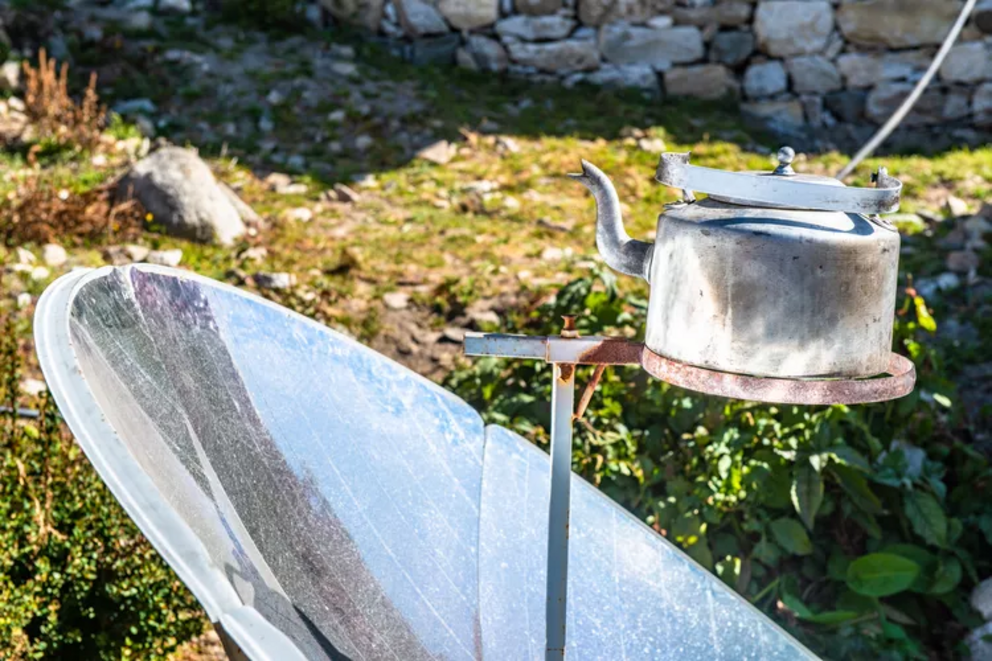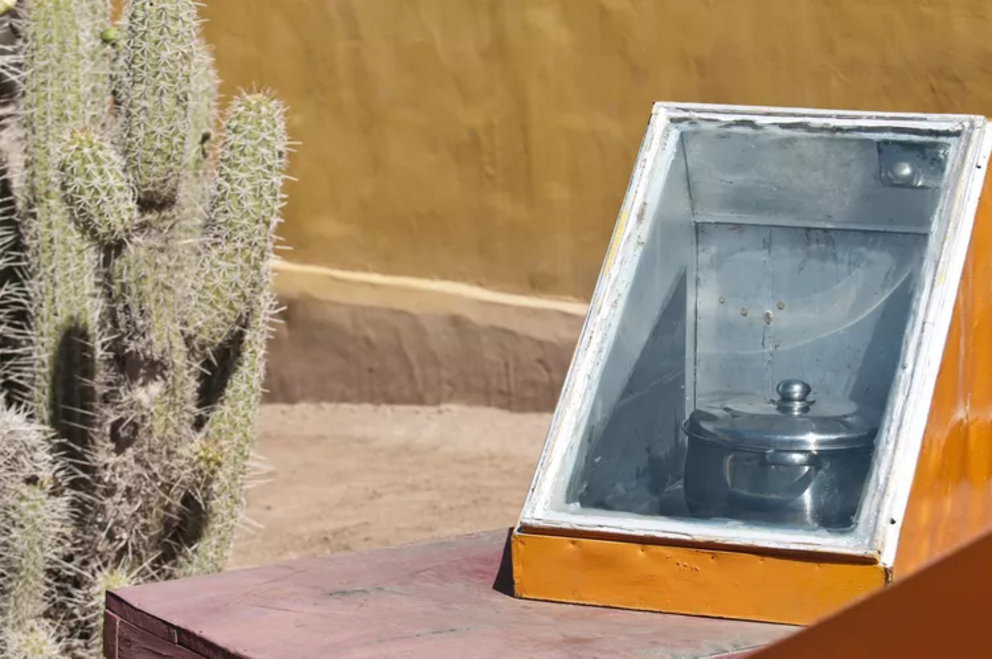How to make a solar oven in seven simple steps
A solar oven is an environmentally friendly way to cook using the sun's power.
Overview
- Working Time: 1 hour
- Total Time: 1 hour
- Yield: 1 solar oven
- Skill Level: Beginner
A solar oven is an easy, environmentally friendly way to cook food solely using the sun's power. It works by reflecting sunlight onto an enclosed surface. You can use a solar oven to heat water and cook meat, vegetables, and bread just as effectively as in a conventional oven—though it may take more time and, of course, the sun needs to be shining.
Assembling a solar oven is simple; you can use materials that might already be in your home. There are two main types of solar cookers: those shaped like boxes and work like conventional ovens, and those shaped like a bowl or a satellite dish. The surface of the cooker is covered with a reflective material such as aluminum foil or mylar to redirect the sun's ultraviolet rays and cook the food.
Why Build a Solar Oven?
Solar ovens are a simple alternative to burning wood or other fuel for cooking. Unlike wood- and coal-fired ovens, solar ovens do not contribute to deforestation, global warming, and indoor air pollution.
For campers and backpackers, a solar oven is easy to assemble, is as lightweight as a camping stove, and doesn’t require you to transport firewood or flammable fuels. Many of the materials in a solar oven are recyclable. The energy is free and produces no emissions. Since there is no flame, you can safely leave it alone while the food cooks. And as long as you don't touch the heating surface, it's a lot safer than any open flame.
A solar oven can replace an outdoor grill, allowing you to keep your home cool in the summer by cooking outdoors. You can also cook on a solar oven during a power outage.
This is a great STEM project to teach young people about energy and recycling or re-purposing materials. Use your solar oven to make cheese melts, English muffin pizzas, s’mores, or other fun snacks.
What You'll Need
- 1 ruler or tape measure
- 1 box cutters or scissors
- 1 thermometer (optional)
- 1 cardboard box
- 1 large sheet of cardboard
- 1 duct tape
- 1 aluminum foil
- 1 plastic wrap or plexiglass
- 1 black construction paper
Instructions
Prepare the Lid
If you don’t use a box that has a lid that is a single sheet of cardboard (such as a pizza box), replace the two parts of the box top with a single sheet of cardboard and tape it to one side of the box so that it acts as a hinged lid.
Create the Flap
Cut on three sides of the lid, roughly an inch from the edge of the sides, leaving the fold of the lid attached to the box. Fold the flap so that it stays open when the box lid is closed, or use some of the cut-out cardboard to create legs to prop the flap open.
Line the Flap
Cover the inside of the flap with aluminum foil. Tape the foil tightly to the outer side of the flap.
Create a Heat Seal
Open the flap. Cover the opening of the lid with a double layer of plastic wrap or a single layer of plexiglass. Tape the plastic wrap or plexiglass tightly to the lid to seal in the air.
Line the Walls
Cover the inner walls of the box with aluminum foil. Seal the corners so that as little heat leaks out as possible.
Cover the Bottom
Cover the inside bottom of the box with black construction paper or cardboard and seal the edges.
(Optional) Add a Thermometer
Place a thermometer against the inner wall where it is visible.
Alternative Designs

A solar oven shaped like a disc or bowl can easily be made with materials you may already have around the house. Higher-quality solar ovens that produce higher temperatures can be made of sheet metal.
A solar oven can also be made from a recycled satellite dish or another parabolic object. Line the dish with aluminum. Attach a tripod to the rim of the dish. Mount a metal kettle, can, or pan to the tripod, and adjust so that the kettle/can/pan is at the focal point of the reflected light.
Instead of using aluminum foil (which has its own environmental impact), use old CDs to line the inner walls of your solar oven.
How to Use Your Solar Oven
Solar ovens typically work best between 11:00 a.m. and 3:00 p.m., when solar radiation is at its peak. Place the solar oven in the sun and adjust the flap so that it directs sunlight into the oven. If need be, prop your lid open with a ruler or stick. Adjust the position of your solar oven as the sun moves across the sky.
To help retain heat, insulate your solar oven by surrounding it with leaves or straw, or by placing the box in a pit in the ground.
Safety Considerations
Materials in your oven will get hot, so handle them with oven mitts or potholders. Also, aluminum foil can be sharp, so use it with care.
Drawbacks
Solar cookers work best on bright, sunny days. They can also be used on partly cloudy days, although the food may not be fully cooked. Even on sunny days, however, it can take a long time to cook food, and people must plan ahead to take advantage of daytime hours. You can speed up cooking by stirring liquids.
Frequently Asked Questions
How do you maintain a solar oven?
To keep your solar oven clean, place food on clear plastic or a clear glass plate and cover it with a clear lid. Clean any spills with a damp sponge, and replace the black construction paper or cardboard as needed.
How hot can a solar oven get?
The solar oven described above can reach temperatures of 250-300 degrees F (121-148 degrees C), about the equivalent of a slow cooker.

